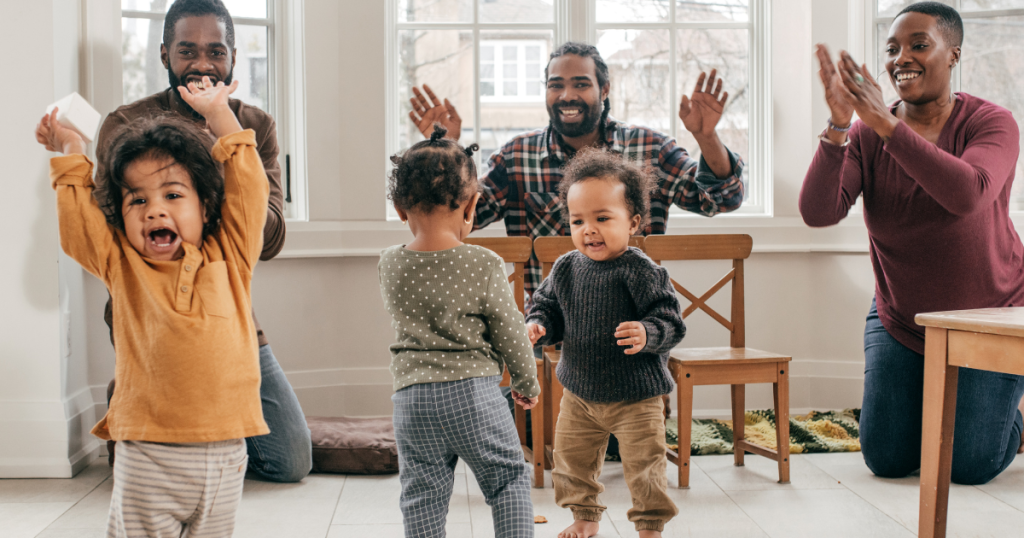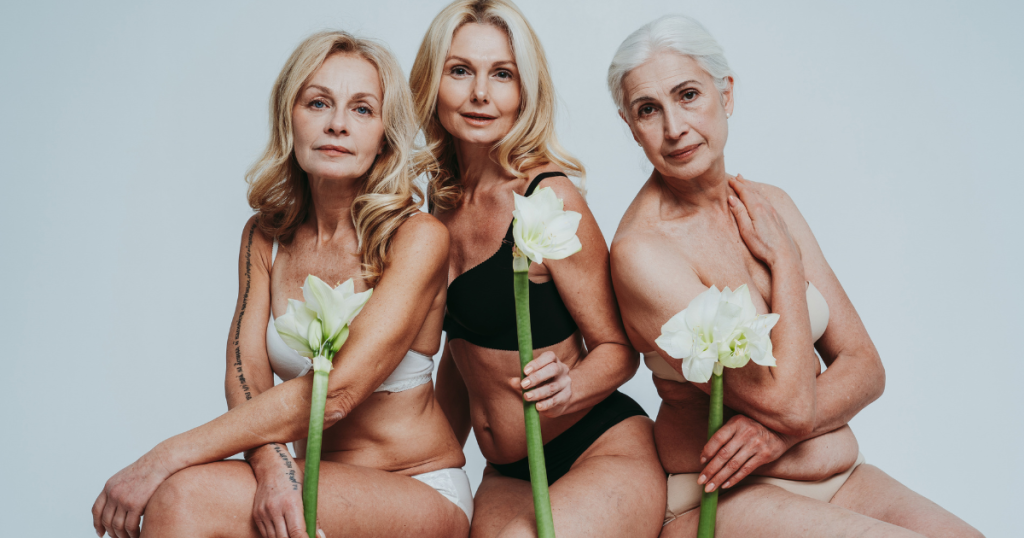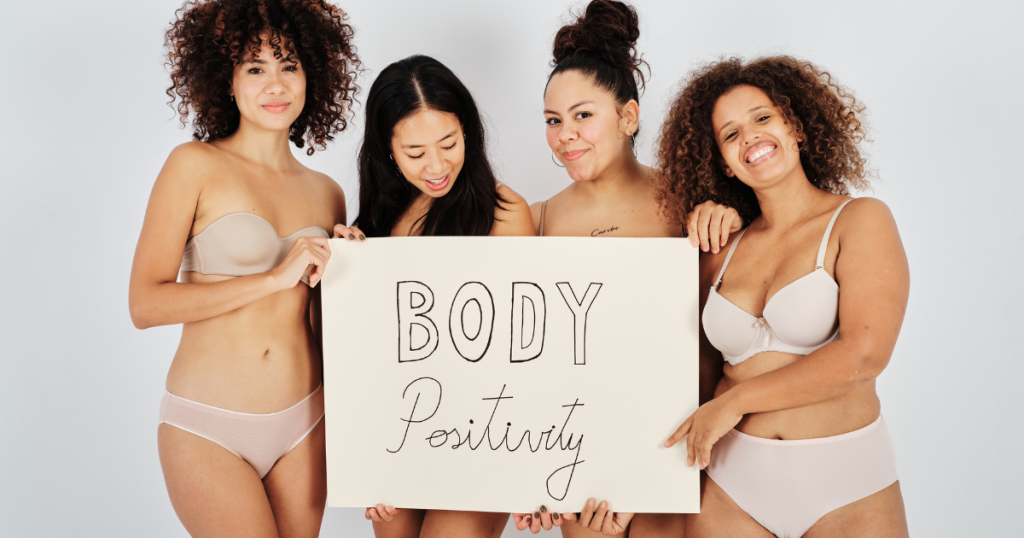Tips for how to overcome poor body image and body dissatisfaction tend to be generic. Or at least limited.
Suggestions such as valuing what is inside and not just what you look like on the outside. Focusing on what your body can do instead of how it looks. Or that how you look is not that important.
These ideas can feel oversimplified. Like “just do this and you will feel better.”
Except it is not that easy or simple.
What I’ve found helpful to overcome poor body image and body dissatisfaction is to widen the lens.
Widening the lens is about taking a step back to shift perspective. A pivot of this sort can help create more flexibility in how you think and feel about your body.
Let’s talk first about why poor body image and body dissatisfaction are important.
And why overcoming them is actually one of the most powerful, revolutionary declarations of (your) worth.
Even just thinking about these ideas can be helpful in the process of overcoming poor body image and body dissatisfaction.
What is body image?

We all have a body and therefore a body image.
Body image is the relationship you have with your body. It includes thoughts, feelings, perceptions, and behaviors. In other words, body image is how you see, feel, think about and perceive your body. Appearance has a lot to do with body image. Especially in Diet Culture. (Don’t know what Diet Culture is? Check this out.)
Body image ranges from negative to positive.
Body image concerns can affect every one of us – regardless of age, gender, or culture. The concerns often begin at a young age and continue throughout life. Especially in Diet Culture.
Most people’s body image is either positive or negative. Rarely is body image somewhere in the middle, especially for females, and increasingly for people of all genders. Particularly in Diet Culture. (Are you starting to see a trend here with the impact of Diet Culture?)
Positive body image is when you feel comfortable in your body, accept your body and weight, and know that weight and appearance don’t define your worth as a person.
Negative body image includes evaluating your body critically and emphasizing what you consider to be flaws. Depression, shame, sadness, and jealousy often accompany negative body image.
Poor body image is one of the best predictors of anorexia or bulimia.
One of the main causes of poor body image is comparing your body to someone else’s.

Body image can be viewed as a state or trait.
Body image as a state refers to the idea that a person’s relationship with her body changes across contexts. As in depending on the situation. A person may have negative body image, for example, at the beach in a bathing suit. Her body image may be better when she is wearing an oversized sweat shirt and yoga pants.
Body image as a trait refers to body image as a consistent, stable quality across situations. Whether a person is at a beach in a bathing suit or in an oversized sweatshirt and jeans at school, body image is similar.
Most people think of body image as a trait. However, it can be state dependent. Meaning how a person feels about their body may depend on the context. There are even questionnaires that specifically focus on body image in a variety or situations. Examples are the Situational Inventory of Body Image (SIBID) or the Body Exposure during Sexual Activities Questionnaire (BESAQ).
Efforts to improve body image affect mental health and well being
The Body Positive movement (aka BoPo)


BoPo promotes size diversity, body love, and improved body image, regardless of age, form, gender, race, or abilities. Its tagline is “all bodies are good bodies”, while challenging the ways society presents and views the physical body.
A criticism of the BoPo movement is that emphasis remains on appearance. And on the ‘how you look =self worth’ link.
⠀
Maybe we do not have to love our bodies in order to improve body satisfaction?
There are other options for navigating poor body image and diet culture without introducing a new standard of beauty.
Say what? Well, how about taking less of a leap. Instead of BoPo, what if the goal were Body Neutrality.
The Body Neutrality movement

Why continue to feed into society’s obsession with beauty?
The concept of body neutrality is that you don’t have to like how you look in order to honor your needs. That there is more to your body and to you than just how your body looks.
What if you weren’t as concerned about your body size or shape?
In a paper published in the 1990s, I asked the same question. There’s no denying that culture has taught us to obsess over our appearance in all ways – whether it’s telling us we need to be photoshopped, that our booty should be more lifted, or that stretch marks and curves are what makes a “real woman.”
Frankly, it can be a relief to duck out of the obsessively body-centric conversation altogether.
Just think – how much more brain power and energy we could devote to other worthy causes. How much more could we just plain relax and find inner peace, if our appearance wasn’t constantly taking up center stage?
When you approach your worth from a different lens you become closer to unconditionally accepting who you are. Inside AND out.
You are more than flesh and bones. See yourself as the entire, soul-filled wonder you are.


